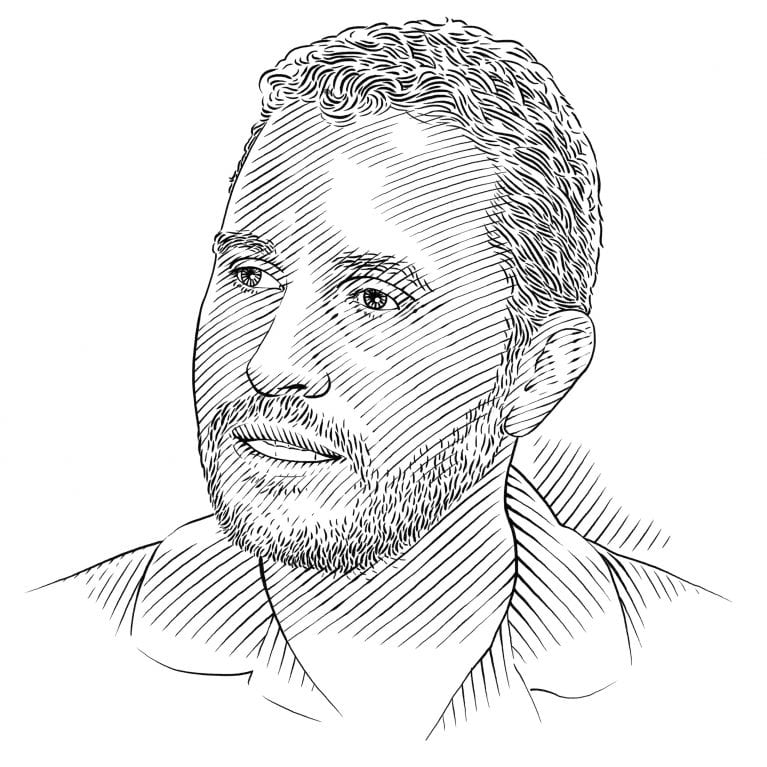Mario Espinoza

Who I am
I am a young marine biologist from Costa Rica with an intense passion for elasmobranch fishes, particularly the so-called ‘flat sharks’, or rays. I became interested in marine conservation early in my career, when in 2003 I had the opportunity to do an internship at the Mote Marine Laboratory’s Center for Shark Research in Florida, USA. Since then I have been involved in numerous projects that promote the conservation of sharks and rays, particularly sawfishes, a small group of species that are either endangered or critically endangered worldwide. Sawfishes are pretty much on the brink of extinction everywhere, but in some countries their populations have recovered. For me it was clear that in order to secure a future for sawfishes in Costa Rica and the Central American region, we needed strong science and outreach and education programmes that are capable of changing people’s perceptions and fostering the increased involvement of rural communities in the conservation of these large, iconic species.
Where I work
In September 2015 I started a full-time position as a professor and researcher at Universidad de Costa Rica, which is located in San José. This city, the nation’s capital, lies about two hours from the Pacific Ocean and three hours from the Caribbean Sea. Costa Rica is a small tropical country in Central America, but one that has jurisdiction over a massive extent of ocean (making up 92% of the country’s area) thanks to the Cocos Island National Park and World Heritage Site, which extends our marine borders. Therefore, not only are we fortunate to have a high diversity of aquatic species and ecosystems, but we are also responsible for protecting and securing a future for all these species within our borders. One of the best things about Costa Rica is that most of the population lives in San José, but as you move away from the city you can get to relatively undisturbed sites in just a few hours. So for me a field trip is always an adventure, where I can escape from the noise and craziness of city life to explore new sites that are often only accessible by boat.
What I do
Since 2016 I have been leading a conservation project in which our team was able to investigate the historical and current distribution of the Critically Endangered largetooth sawfish in Costa Rican waters and identify some of the main threats affecting its populations. Based on interviews with fishers and members of local communities, we found that the species is probably restricted to some rivers and wetlands in remote locations of the southern Pacific and northern Caribbean regions. Our team also launched outreach and education activities, which were crucial to our efforts to change people’s perceptions and encouraged rural communities to become more involved in the conservation of the largetooth sawfish. Collectively, our efforts led to the legal protection of the sawfish within Costa Rican waters in November 2017. However, we continue to receive numerous reports of sawfish landings in some areas and there is evidence of an illegal trade in sawfish parts (rostrums and teeth) between Costa Rica and Latin American countries. And, crucially, we still don’t know exactly where these sawfishes occur and how many are left.
This project will therefore have three threads. The first will combine traditional fishing methods and eDNA (an emerging technique that is being used to detect traces of DNA from the required species in water samples) to identify and monitor the last remaining habitats of sawfishes in Costa Rica. The second thread will use the network of contacts that we have gathered over the years (including community leaders, fishers and educators) in areas where the sawfishes are landed to create targeted educational and outreach programmes with community involvement. By doing this, we also hope to empower key players who can foster conservation efforts at a local level. And finally, we will work with government agencies, NGOs and community leaders to design more effective management schemes that will help to reduce the impacts on the species and at the same time promote its recovery.
